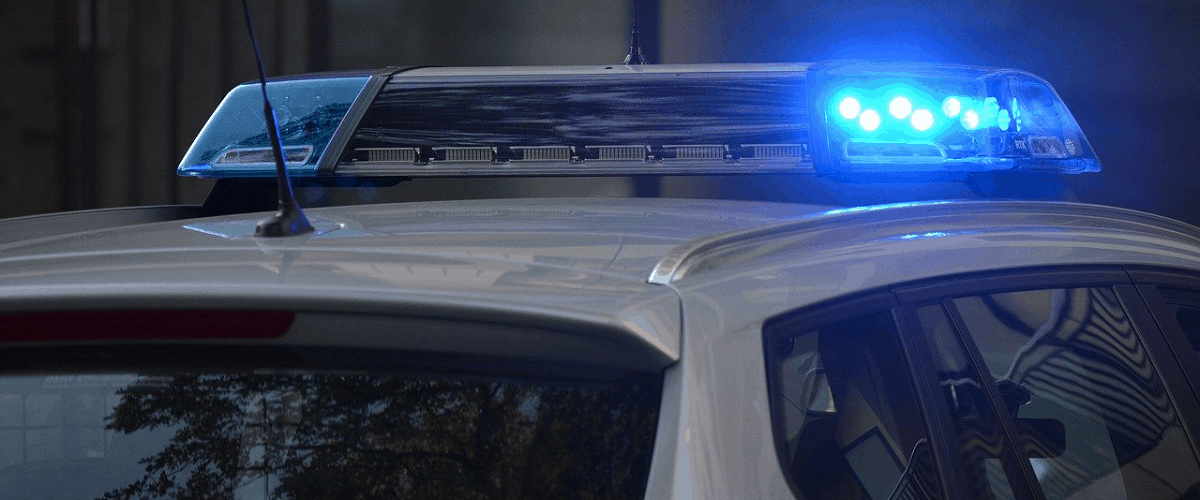There’s been a bit of controversy over the last year regarding American law enforcement. There are folks who are against the current establishment, and folks that will adamantly defend it.
We understand why people are concerned about corruption in the police force. There has been plenty of evidence of it. Law enforcement is a position of power, and people are often corrupted by such power.
Being a position of power, however, also breeds a different kind of problem: imposters. There’s an age-old scam of grifters and thieves impersonating a police officer. Whether it’s for shaking someone down, kidnapping, or so on, it’s a real problem that does happen all around the world.
It doesn’t have to be a helpless scenario, though. There are things you can do to help identify a person impersonating an officer. And there are things you can do when you believe to have found one.
How to Spot and Handle a Fake Police Officer
There are two situations you might encounter a police officer: while driving and at your front door. Generally speaking, impersonators don’t go around in public places, it’s too risky. They will aim for isolating their target, either in their car or at their home. Let’s start with the car.
There have been numerous cases of kidnappings from false police officers. This is especially true for women (human trafficking is an awful, but very real thing). When someone is pulled over, they get scared. That’s a natural human reaction. Imposters are looking to use that fear to manipulate them.
The first thing you should do, before pulling over, is look at the vehicle. Is it the same model as the local enforcement? Does it have the same markings as your local enforcement? Do the sirens sound different or the lights flash in a different way? Do they have a normal license plate or the numbered system that actual police cars have?
If any of these sound off and you’re worried, you can call 911, explain that an officer is trying to pull you over, and you’re worried they’re an imposter. They will either verify the identity of the vehicle (based on a description you provide), or send an actual officer in your direction to intercept the imposter. By this point, you should follow what the emergency dispatcher you called tells you. Otherwise, drive toward a populated area, ideally near the local police department building.
If you only are concerned AFTER being pulled over, there are a few things you can do.
Only roll down your window enough to hear the officer and keep your doors locked. When the “officer” shows up, ask for their name and badge number, and call 911. You can also ask for district information and their sheriff’s info. Provide them with this information and ask them to verify the authenticity of the officer. They will tell you if they are legitimate or not. If the officer refuses to provide that information, it usually means they intend bad things for you. They might still be a real cop, but corrupt officers often hide their identification to avoid repercussions for power abuse. If they are verified as legitimate, apologize for the inconvenience to the officer and give them your cooperation.
When an Imposter Policeman is at Your Door
So what if they aren’t pulling you over, but at your house. Someone in an officer’s uniform might knock on your door. They might be looking to harm you, break in, or just get a look for things to steal (casing the joint, as they say).
When they knock, check them out safely. Looks through the peephole, out a window, or through a security camera if you have one. Examine their outfit. Do they have the clothing your local officers wear? Do they have their badge? Pins? Does their belt carry the full supply of standard police equipment? Next, look at their cruiser. Is it the same as other police cars? Basically look for all the things described in the “pull you over” section above.
If anything seems off, Tell the officer outside (yelling through the door) that you are calling emergency dispatch to confirm their identity. This is often enough to scare them away. If they don’t leave, call 911 to verify if and why a police officer might be at your house. Follow their instructions from there. Remember that you don’t have to let them inside, and you are not required to leave your house. If you remain uncomfortable, you can communicate through the door or a window.
The world is a scary place full of clever people that have bad ideas. There’s nothing wrong with playing it safe. Any good police officer will understand your skepticism.

